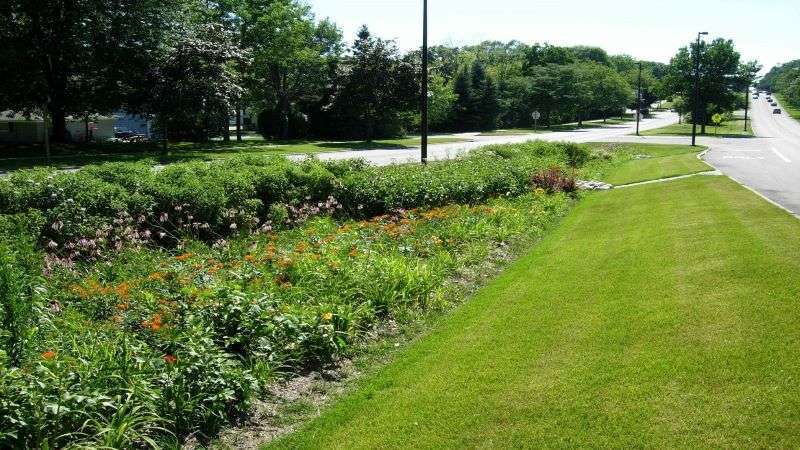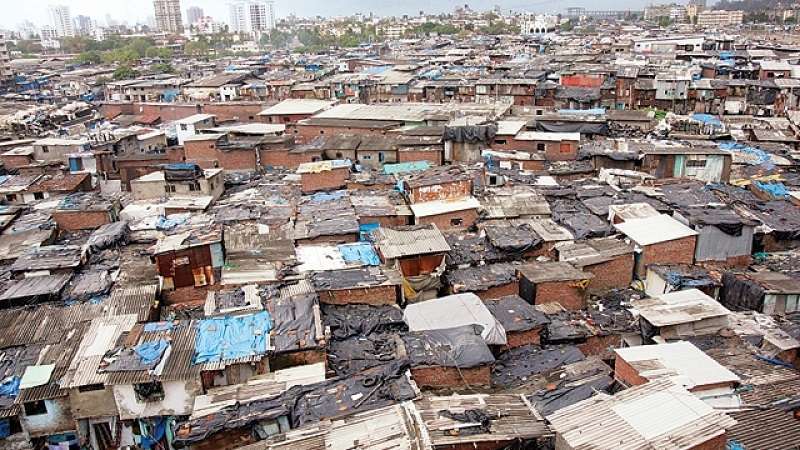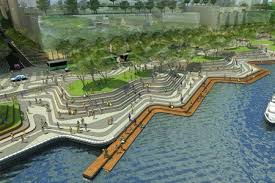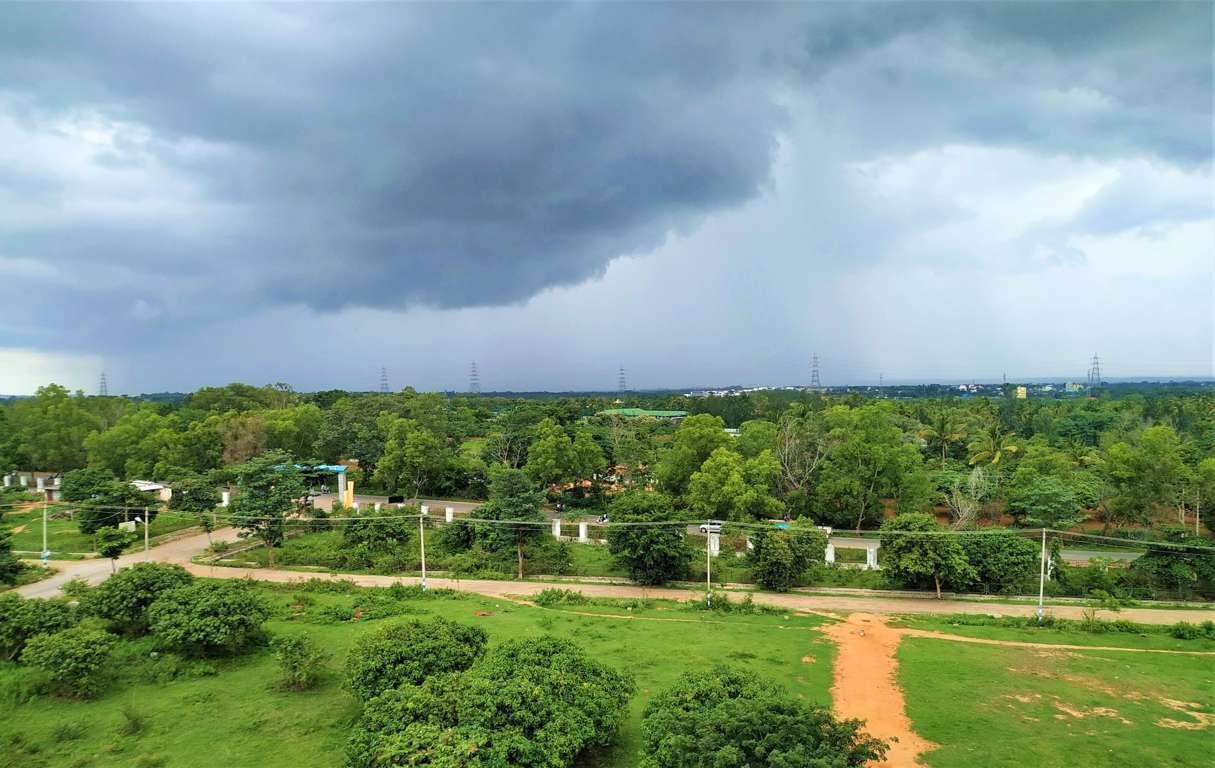SUSTAINABLE CITIES
Sustainable
cities are ideology of maintaining favourable condition under which human and
nature can co-exist in productive harmony to support present and future
generations. Development that meets the need of present without compromising
the ability of future generation to meet their own needs. Sustainable cities
are constructed to minimize environmental degradation with facilities such as
transport, waste management etc. which are designed so as to limit their
impacts on natural environment, while providing the infrastructure needed for
its inhabitant. The aim is to create smallest possible ecological footprint and
to produce lowest quality of pollution, possible to efficiently use land,
compost use material, recycling it or convert waste to energy and to make city
overall contribution to climate change minimal. Seventeen sustainable
Development goals were set up by UN in 2015 for the year 2030, one of the targets
was to create a sustainable city.
Components
of sustainable cities are mentioned below,
1)
Economic activity should be self-renewing, able to build local assets and
self-reliant.
2)
The opportunity for full participation and decision making of a society.
3)
Communities are responsible for protecting and building natural assets.
Sustainability
Index:
1)
People: Education, health, income inequality, demographics, affordability,
crime, work and life insurance.
2)
Planet: Environmental risks, green spaces, energy, air pollution, GHG emission,
waste management, drinking water and sanitation.
3)
Profit: Transport Infrastructure, economic development, ease of doing business,
tourism, connectivity and employment.
India had played an important role
in shaping the SDGs in recent years. Unsurprisingly, therefore, the country’s
national development goals are mirrored in the SDGs. As such, India has been
effectively committed to achieving the SDGs even before they were formally
crystallized. As Prime Minister Narendra Modi has stated, “These goals reflect
our evolving understanding of the social, economic and environmental linkages
that define our lives.” India’s development mantra “Sabka Saath Sabka Vikas”
(Collective Effort, Inclusive Development) and the associated national programs
closely track the SDGs. While targeting economic growth, infrastructure
development and industrialisation, the country’s war against poverty has become
fundamentally focussed on social inclusion and empowerment of the poor. Several
major programmes have been implemented to address these priorities and meet the
economic, social and cultural aspirations of a diverse people. An important
anti-poverty program has focused on generating employment through public works
that help develop agricultural infrastructure, productive assets and
entrepreneurship-based livelihood opportunities. The Mahatma Gandhi National
Rural Employment Guarantee Act (MGNREGA) provides a legal guarantee of a
minimum of 100 days of wage employment per household every year for unskilled
workers in rural areas. Deendayal Antyodaya Yojana, the National Livelihoods
Mission, is devoted to creating skilled employment for the poor. The Mission
aims to bring one female member each from a large number of poor households in
rural areas into Self-Help Groups in a phased manner. The Integrated Child
Development Services (ICDS) attempts to ensure that maternal and child
malnutrition are addressed in a systematic manner. Another ambitious initiative
is ‘Housing for All by 2022.’ Under this program, assistance is provided to
poor households for constructing houses. In order to meet the clean cooking
fuel needs of the poor and thereby safeguarding the health of women and
children, the Pradhan Mantri Ujjwala Yojana was launched in 2016. A flagship
initiative of the government is the Swachh Bharat Mission (Clean India Mission)
which aims to ensure an open defecation free India by 2019. The National
Disaster Management Plan, 2016 focuses on disaster resilience and integrates
the Sendai Framework for Disaster Risk Reduction as well as the SDGs. India’s
food security programmes are among the largest in the world and cover more than
800 million people in the country by providing affordable access to grains. The
Mid-Day Meal Programme delivers nutritious cooked meals to 100 million children
in primary schools.
Government has also taken many initiatives
to promote gender equality and empower women in order to meet the SDGs. The
government has launched the Beti Bachao Beti Padhao (Save the Girl Child,
Educate the Girl Child) movement for catalysing a change in mind set as well as
protecting and educating the girl child. Mahila E-HAAT is a bilingual direct online
marketing platform leveraging technology for supporting women entrepreneurs and
Self-Help Groups for showcasing their products and services. It was adjudged as
one of the top 100 projects in India during 2016. Stand Up India was launched
in 2016 for providing bank loans to woman borrowers for setting up a Green field
enterprise.
In
order to meet the SDG Innovation, Industry and Infrastructure the government
has taken many initiatives. All forms of transportation - roads, railways,
civil aviation and waterways - are being expanded rapidly. The Deen Dayal
Upadhyaya Gram Jyoti Yojana aims to provide a continuous supply of power to all
parts of rural India. An initiative of the government is the Atal Innovation
Mission, which aims to transform the innovation and entrepreneurship landscape
in the country. More than 500 Tinkering Laboratories are being set up in
schools across the country. These Labs aim to facilitate the holistic
development of students by providing them the space to experiment and put their
ideas into practice. Pradhan Mantri MUDRA Yojana (Micro Units Development and
Refinance Agency) provides easy credit to small-scale business entrepreneurs.
The Government of India has adopted
many nationwide Policies, schemes and programs in order to achieve the
sustainable development goals. The Local government, Urban local bodies and Planners
need to focus on adopting the sustainable planning, methods, innovations, and
techniques at city/neighbourhood level for better accuracy and efficiency of
implementation of policies/schemes/programs/innovations through bottom up
approach in order to move towards sustainability. Doing this will help to create
sustainable cities. This approach will help to boost the development process
and achieve SDGs very fast. The Urban Local Bodies and Planners need to focus
on adopting innovative methods and solutions in order to move towards
sustainability as follows,
1) Reducing carbon emissions through
introduction of Green roof system with vertical greens, BRTS using clean
burning fuel and ultra-low sulphur diesel fuel, bicycle sharing programmes
along with streets promoting walking and cycling in public spaces in order to
reduce the traffic and congestion, physical integration of public transport
system, land use legislation and hierarchy of road network.
3) Minimize use of local
water resources, adopt retrofitting water conservation method in order to
reduce water consumption, eliminate waste and leakage, recycling water up to
80% of waste water, installation of collector on riverbank to capture drainage
and rainwater harvesting system.
4)
Reduced energy consumption by use of energy efficient technology like
insulation, low energy lighting specification, increasing percentage of glazing
(i.e. windows) alternative to use Air conditioning, optimising natural lights,
installation of smart appliances and smart building management system. Energy generation by using solar panels, wind mills, hydro
power and waste to energy plants. Planners need to focus on the green
buildings using energy efficient building material and giving importance to
GRIHA ratings and encourage citizens to adopt green buildings in form of
incentives.
5)
In order to reduce temperature (heat) of surface planners need to focus on compact
planning, optimal orientation, narrow streets, natural shedding, mixed use and
walkable streets. Planners need to focus more on creating green spaces in order
to make environment healthier.
Adopting the innovative methods and
innovations as well as the nationwide policies, schemes and programs will help
to convert the city and country into sustainable city and country and increase
standard of living. Ultimately planner roles will be an important in shaping
the cities and giving proper direction to the growth and sustainable
development of India. This would be possible only by following this India’s
development mantra “Sabka Saath Sabka Vikas” (Collective Effort, Inclusive
Development)
Together
We Will Grow, Together We Will Build
Related Articles

Integrating nature based solutions: Green, Blue and Grey Infrastructure

A NEED TO UPGRADE THE SLUMS

ODISHA AT IT'S BEST; THE MOST DISASTER READY STATE

Urban Renewal




